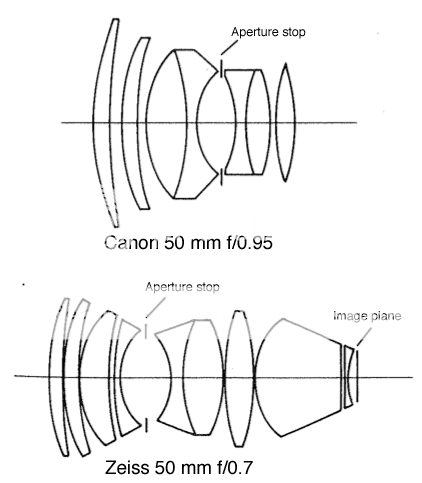I
Iron Flatline
Guest
I don't know what the original mount was (I believe a TV camera) but I bought one adapted to a Leica M-mount. It's weird, because the Leica M is a relatively small camera (esp. compared to SLRs) and the lens is as big as the camera.What mount is that .95 on?










![[No title]](/data/xfmg/thumbnail/42/42067-88a229e814afcfc8848b3e293d8113d9.jpg?1734176466)


